Understanding Attachment Styles: What They Are and How They Impact Our Relationships
Understanding Attachment Styles: What They Are and How They Impact Our Relationships
Have you ever wondered why you react a certain way in relationships– pulling away, clinging too tightly, or feeling uncertain about intimacy?The answers may lie in your attachment style, a pattern developed early in life based on how your caregivers responded to your emotional needs.
On this episode of the More Than a Therapy Couch podcast, we sit down with Samantha Hartophilis, Licensed Professional Counselor to explore the different attachment styles and better understand how to build stronger, more secure relationships.
What are attachment styles?
Attachment theory, developed by psychologist John Bowlby, explains how the bonds we form with caregivers in our childhood shape how we relate to others throughout our life. The four main attachment styles include:
Secure Attachment:
People with a secure attachment style tend to feel comfortable with both intimacy and independence in healthy amounts. They are able to trust others, communicate effectively, and manage conflict in healthy ways. This style typically results from caregivers who were consistently responsive and supportive.
Anxious Attachment
Those with an anxious attachment style often fear abandonment and seek constant reassurance. This may stem from caregivers who were inconsistent–sometimes nurturing and sometimes distant. In adult relationships, this can show up as clinginess, overthinking, or emotional highs and lows.
Avoidant Attachment
Avoidant individuals tend to distance themselves emotionally, prioritize independence, and struggle with vulnerability. This often results from early experiences where emotional needs were dismissed or ignored. While they may appear self-sufficient, avoidant individuals often suppress their need for connection.
Disorganized Attachment
Also called fearful-avoidant, this style combines anxious and avoidant traits. It often develops in environments where caregivers were a source of fear or trauma. These individuals may crave closeness but also fear it, leading to unpredictable relationship patterns.
However, it is important to keep in mind that not everyone fits neatly into one of these categories. Hartophilis shares that the “number one biggest misconception is that people fall into just one attachment type, but the truth is that we are not so rigid like that as people. We’re rarely one thing at all. So when someone asks ‘What is your attachment style?’ that could be what it is at the moment, but that doesn’t mean that you don’t have the ability to reshape it , or change it or grow within it.”
Why does your attachment style matters?
Understanding your attachment style can shed light on common relationship challenges–like difficulty trusting others, fear of abandonment, or avoiding emotional intimacy. It’s not about blame, but rather awareness. Recognizing our attachment patterns can help us understand our strengths and vulnerabilities in a relationship.
Hartophilis explains “there are four prerequisites to being able to have emotional intimacy in a relationship, whether it be platonic friendships, romantic relationships, it is not just exclusive to romantic. They are ability to seek care, ability to give care, ability to feel comfortable with the autonomous self, and ability to negotiate. All of those abilities are affected by attachment style”
How can I build more secure relationships?
The good news is that you can learn to develop a more secure attachment style throughout your life. It takes time, consistency, and self-awareness, but it is possible. Here are some actionable steps to help you move toward healthier, more secure relationships.
Practice Self-Awareness: Notice your triggers, patterns, and emotional responses. Journaling or talking with a therapist can help you connect the dots between your past and present behaviors.
Communicate Openly: Secure relationships are built on honest, respectful communication. Practice expressing your needs and listening to others without judgement or defensiveness.
Set Healthy Boundaries: Learn to recognize your limits and communicate them clearly. Boundaries are not about pushing people away–they are about creating safety and mutual respect.
Surround Yourself with Supportive People: The people you spend time with influence your emotional well-being. Prioritize relationships where you feel seen, safe, and respected.
Be Compassionate With Yourself: Changing attachment patterns takes time. Progress isn’t always linear. Celebrate your growth, and give yourself grace when old habits resurface.
Final SAM QUOTE, general takeaway about attachment style misconceptions, ending on a positive tone how understanding can lead toward informed change
When should I see a professional?
If you or a loved one are consistently struggling with interpersonal relationships, it may be time to consult a mental health professional, such as a therapist or psychiatric nurse practitioner.
Working with a professional in a safe and supportive space can help you better understand your actions and rewire the patterns that no longer serve you.
About Tree of Life Counseling Center
At Tree of Life Counseling Center in Princeton, NJ and Freehold, NJ, we have an experienced team of 50+ clinicians to help support you, and your family, through whatever you may be facing. Schedule an appointment today by calling 732-393-8391 or filling out an online form at https://www.treeoflifecc.org/start-today

